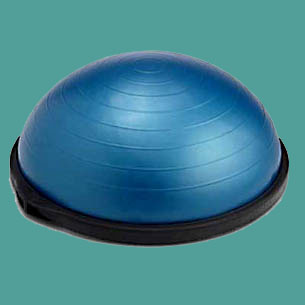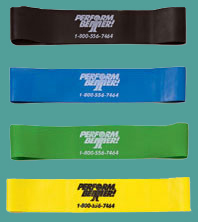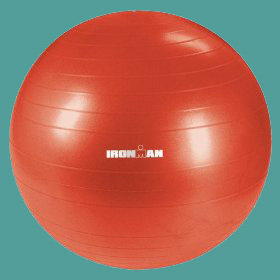



The dietary exchange lists consist of six categories of food such as Starch/Bread; Meat & Meat Substitutes; Vegetable; Fruit; Milk; and Fat. These lists enable you to choose from a variety of foods on each list as opposed to being limited to a rigid diet. Each category or list consists of foods that are approximately equal in caloric value.
Before you start designing your daily diets, you first need to determine your caloric needs. You may want to consult a Registered Dietitian (www.myhealthadvisor.com)
to determine your caloric needs.
This is the diet that puts YOU in control, you choose what you eat. This is the dietary plan that I put my clients on.
Once you've determined your caloric needs (preferably from a Registered Dietitian), you can use the worksheet.
I have provided a sample for 1400 calories.
Once you've determined your caloric needs (preferably from a Registered Dietitian), you can use the worksheet.
I have also provided a sample for 1600 calories.
Read These suggestions before you start
the Dietary Exchange List Diet above.
A lot of helpful hints.
I attended a lecture at Natick Labs (in Massachusetts) in 2002. It turned out to be a debate against Dr. Barry Sears, author of "Enter the Zone", and a Captain in the army.
The Captain dismissed many of the claims Dr. Sears talks about in his book.
Although he had good points, many studies today have substantiated Dr. Sears' original claims.
Many individuals avoid fats like the plague.
What people don't realize is that there are fats we cannot make on our own and have to obtain them from our diet and are therefore referred to as Essential Fatty Acids or EFA's for short.
We absolutely need these fats for improved health.
This article details the types of fats we should be consuming, as well as the amounts.
Did you know that where you store fat dictates how successful you will be on a low-carbohydrate diet?
This is a summary of a study that Children's Hospital conducted and was published in the Journal of the American Medical Association (JAMA).
My friends (Michael Leidig, R.D. & Margaret Lovesky, R.D.) were proud to be part of this research study.
Web site designed by Michael Sylvester & hosted at Homestead™


Once you've determined your caloric needs (preferably from a Registered Dietitian), you can use the worksheet.
I have also provided a sample for 1800 calories.
Once you've determined your caloric needs (preferably from a Registered Dietitian), you can use the worksheet.
I have also provided a sample for 2500 calories.
This worksheet is designed for medium fat choices.
Once you've determined your caloric needs (preferably from a Registered Dietitian), you can use the worksheet.
I have also provided a sample for 2500 calories.
This worksheet is designed for Lean Meat choices.




